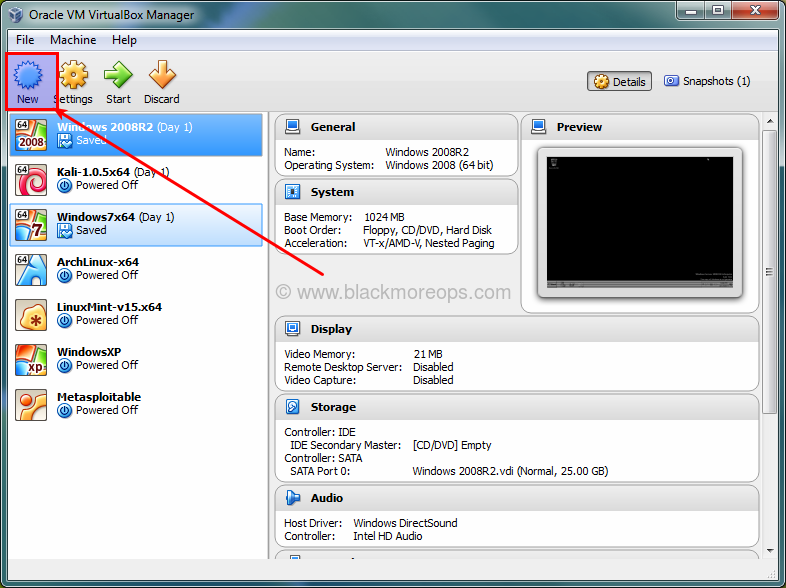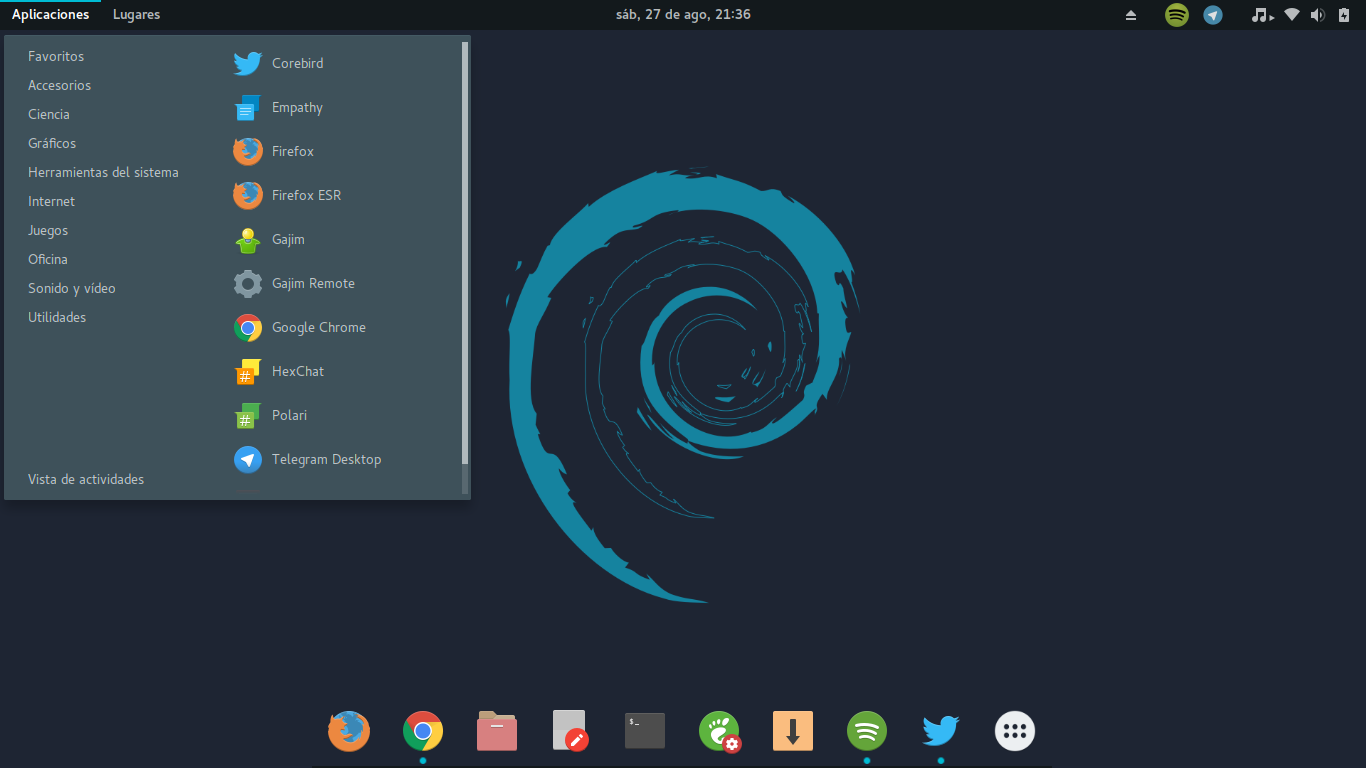

We hope this guide was informative as you switch to or upgrade to Debian 11 (Bullseye). Nevertheless, it is a rock-solid and stable distro than any Linux distribution after set up. Oracle Linux is free to download, use and distribute and is provided in a variety of installation and deployment methods. After all this is done, we save, start up the VM, and then. All that is left now to do is press Start. After pressing Open, we can see its been added, so we make sure its selected and press Choose. Select Debian and use VM configuration according to the system requirements. Launch the Virtualbox application on your computer, and start creating a new virtual machine. We will now press Add, then navigate to where our ISO is located. Download the Debian 11.0.0 Live ISO image file from the download section.

Contrasted to other Debian-based distros such as Ubuntu, the Debian 11 installation process is different, and some may find it complicated if it is their first Linux distro. A new pop up will open, Optical Disk Selector. This article has discussed the step-by-step installation instructions of Debian 11.

If you came this far, congratulations! You have successfully installed and configured your Debian system, and you can now fully enjoy the amazingness of Debian 11 bullseye. Alternatively, you can install Debian 11 on your virtual machine, either the virtual box or Vmware workstation. There are multiple ways to get Debian on your machine, a bootable USB drive with Debian ISO is recommended because of its convenience, and that’s what we covered. Debian 11 Bullseye whips with many boosted features, and to access the latest boosts, it is advised to upgrade if you are using an older version of Debian.


 0 kommentar(er)
0 kommentar(er)
